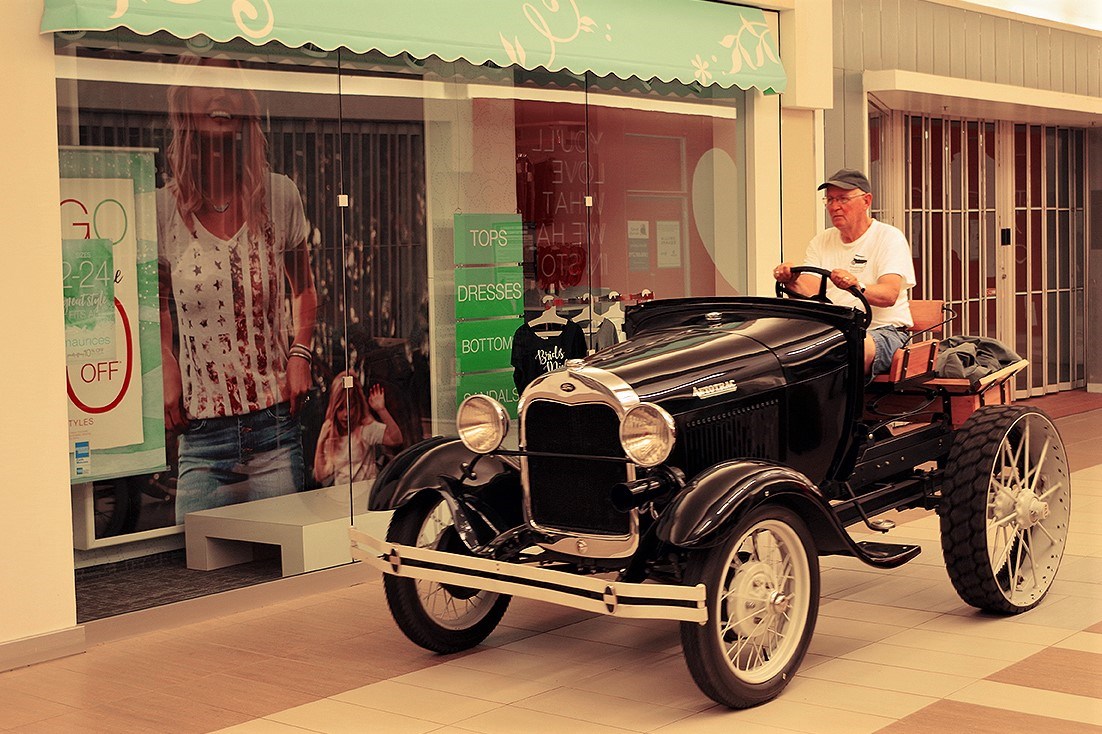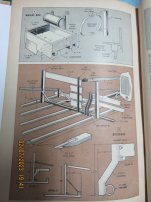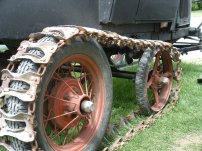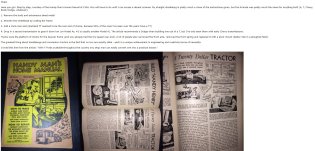true temper
Stainless
- Joined
- Jun 19, 2006
- Location
- Kansas
In another thread Joe Michaels mentioned doodlebug tractors. I was out back and stopped to take a photo of mine, or what’s left of it.
My uncle came up with it in the late 60’s I was too young to drive it, by the mid 70’s I was running it. It originally was a three wheeler and would tip over fairly easily. One of my very first welding projects was installing a wide front end. I found some trolly plates for the oscillation. Dad had parted out a 50’s chevy pu I got the front axle and cut it down using the king pins.
The model 23a Briggs and Stratton engine was tired and would run till it got hot, I tried everything to fix it, finely threw a new set of rings it and it run like a top.
It’s got a 3 speed transmission and rear end form I think a model “A”
We would rap rope threw the spokes in the wheels to gain traction to pull sled in the winter snow.
My uncle came up with it in the late 60’s I was too young to drive it, by the mid 70’s I was running it. It originally was a three wheeler and would tip over fairly easily. One of my very first welding projects was installing a wide front end. I found some trolly plates for the oscillation. Dad had parted out a 50’s chevy pu I got the front axle and cut it down using the king pins.
The model 23a Briggs and Stratton engine was tired and would run till it got hot, I tried everything to fix it, finely threw a new set of rings it and it run like a top.
It’s got a 3 speed transmission and rear end form I think a model “A”
We would rap rope threw the spokes in the wheels to gain traction to pull sled in the winter snow.


















